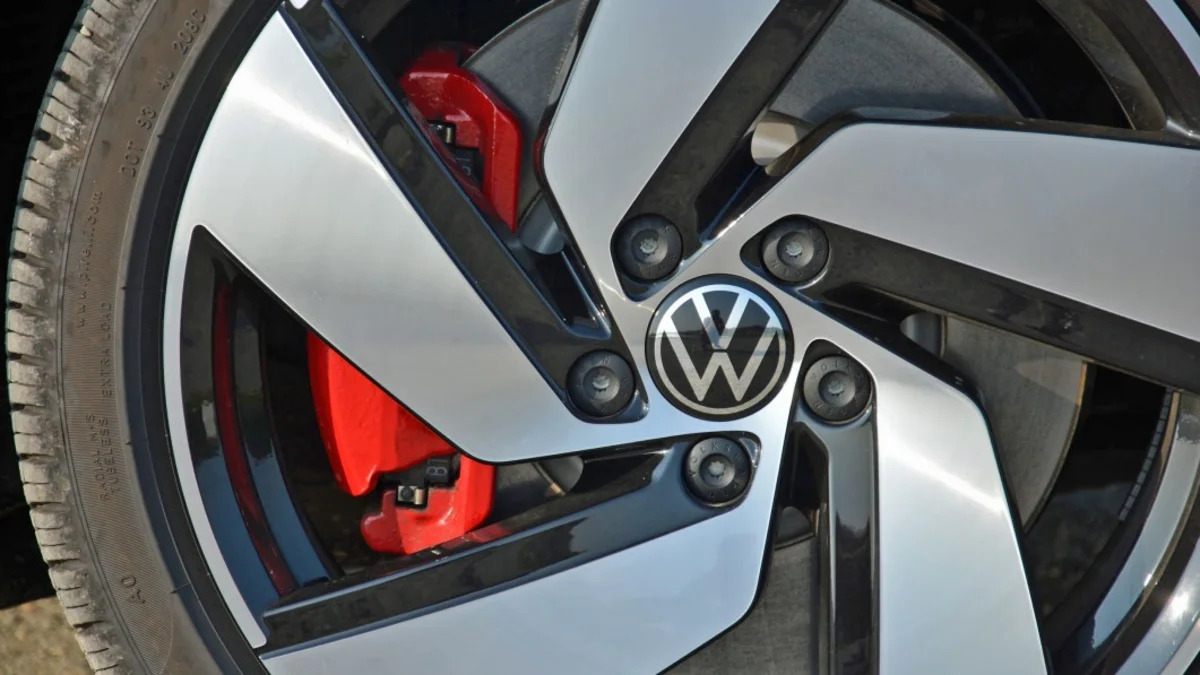Volkswagen is simplifying its production network as it expands its range of electric vehicles. The firm outlined some of the manufacturing-related changes it will make in the coming years, and it shed light on an electric crossover that will slot near the bottom of its lineup.
Built in the Wolfsburg plant located a stone's throw from Volkswagen's headquarters, the EV will compete in what Europeans refer to as the "A-segment," so it will be considerably smaller than the Taos. For context, the roughly 140-inch-long Up! represents Volkswagen's entry into the A-segment as of this writing. Launching a city car on stilts makes sense; crossovers represent more than 50% of new-car sales in Europe.
When production starts, the pocket-sized soft-roader will be built alongside the ID.3 hatchback, the perennially popular Golf, and the new third-generation Tiguan (that's the short-wheelbase model developed primarily for the European market). Production will start in 2026.
Looking further ahead, the electric cars that Volkswagen will develop on the Scalable Systems Platform (SSP) architecture will be integrated into the existing production network; executives have ruled out the idea of building a second plant near Wolfsburg. SSP is being designed as the successor to the MEB architecture that underpins ID-branded EVs, like the ID. Buzz, and it hasn't entered production yet so details about it remain few and far between. However, the company confirmed that the electric next-generation Golf will be one of the SSP-based cars.
Christian Vollmer, the brand's board member for production, explained that his team aims to reduce complexity across the entire production network while increasing the efficiency of each plant; that's a huge task: Volkswagen operated 119 production sites globally as of 2022.
"We are systematically bundling vehicles based on the same architecture across all brands in our plants. By doing so, we will save significant investments in the integration of different vehicle architectures. Rather, we want our plants to produce several different models on the technical basis of one vehicle architecture," he explained in a statement.
Related video:


Sign in to post
Please sign in to leave a comment.
Continue